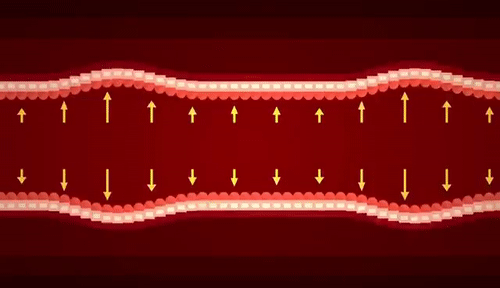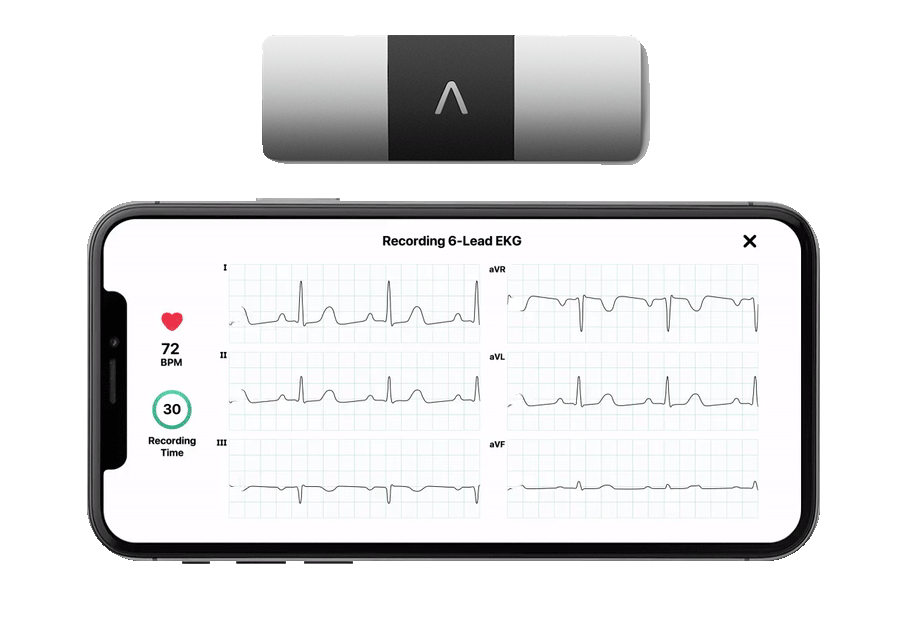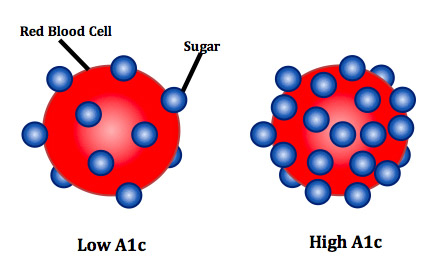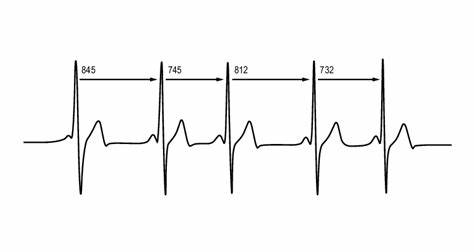-
The Risk Assessment
1. Blood Pressure
2. Resting Heart Rate
3. Lung Capacity
4. HbA1c Blood Glucose
5. Triglycerides/ Cholesterol
6. Blood Ketones
7. Uric Acid
8. The (non-invasive) Body Scan
9. HRV Stress Test
10. Grip Strength
-
#
Test
Risky
Aust Average
Ideal
1
Blood Pressure (mm/Hg)
140⇒/95⇒
135/85
110 – 125/ 70 - 80
2
Resting Heart Rate (bpm)
M: 90⇒, F: 100⇒
M: 75, F: 85
M: ⇐70, F: ⇐75
3
Lung Capacity (L)
M: ⇐1.5, F: ⇐1.0
M: 2.5, F: 1.5
M: 3.0⇒, F: 2.3⇒
4
HbA1c (%) Blood Glucose balance
6.2⇒
5.4
4.7 – 5.1 (4.9)
5
Triglycerides (mmol/L)
2.75⇒
2.20
1.3 – 1.8
6
Cholesterol (mmol/L)
5.9⇒
5.5
⇐5.4
7
HDL Cholesterol (mmol/L)
⇐0.8
1.0
1.2⇒
~
Blood Ketones (pending ideal weight)
0.0
0.1 (sub-optimal weight)
0.5-1.0/0.1-0.3
~
Breath Ketones
0.0
1.5
3.0⇒
8
Uric Acid (mg/uL)
7.5⇒
6.5
⇐5.5
9
HRV Stress Test (…/100)
⇐45
55
65⇒
10
Body Scan
Weight Distribution
Muscle Mass %
Metabolic Age
11
Grip Strength (kg)
M: 35, F: 10
M: 41, F: 15
M: 47⇒, F18⇒




Blood pressure is the force exerted by blood against the walls of your arteries as your heart pumps it throughout your body. It is measured in millimeters of mercury (mmHg) and is typically represented as two numbers, such as 120/80 mmHg. The top number, known as systolic pressure, indicates the pressure when your heart contracts, while the bottom number, called diastolic pressure, represents the pressure when your heart relaxes between beats.
Resting heart rate is the number of times your heart beats per minute while you are at rest. For adults, this rate typically ranges between 60 and 100 beats per minute. Heart sinus rhythm refers to the normal and regular rhythm of your heartbeat, which originates from the sinus node, the heart's natural pacemaker.
Lung function refers to how well your lungs exchange gases, specifically oxygen and carbon dioxide, between the air and your bloodstream. This process, known as respiration, is crucial for supplying your body with the oxygen it needs to operate and for removing carbon dioxide, which is a waste product.





HbA1c, also known as glycated hemoglobin or glycosylated hemoglobin, is a blood test that indicates a person's average blood sugar levels over the past 2 to 3 months. It measures the percentage of red blood cells that have glucose attached to them, offering a long-term view of blood sugar control. This is different from a regular glucose test, which only reflects current blood sugar levels.
Triglycerides are a type of fat (lipid) present in your blood. They are the most common form of fat in your body and serve as a source of energy or are stored in fat cells. Triglycerides are derived from the food you eat, especially fatty foods, and are also made from excess calories that your body converts and stores. While some triglycerides are necessary for good health, elevated levels can increase the risk of heart disease and stroke.
Uric acid is a waste product in the blood that forms when the body breaks down purines. Purines are naturally occurring substances found in the body and also present in certain foods and beverages. The kidneys filter uric acid from the blood, which is then excreted in urine. Elevated levels of uric acid in the blood, known as hyperuricemia, can lead to health issues such as gout and kidney stones. Further, higher uric levels can be associated with poor metabolic health.
Uric acid can be associated with; excessive indutrialised food, namely, sugar, alcohol, and dehydration.
Uric acid can be associated with; excessive indutrialised food, namely, sugar, alcohol, and dehydration.







difference-between-burning-sugar-and-fat
What is HRV Testing?
hrv hear tbeats
Heart Rate Variability (HRV) is assessing the Autonomic Nervous System (ANS)
⚕️ Sympathetic (Fight & Flight) Stressed response
⚕️ Parasympathetic (Calm & Collected) Balanced response
The ANS is influenced by; movement patterns, food choices, sleep quality and very much the perception and balance of lifestyle (mental & emotional) stress.
Unlike assessing your heart rate in total beats per minute (e.g., via a heart rate monitor), HRV looks much closer at the exact changes in time between successive heartbeats.
⚕️ Sympathetic (Fight & Flight) Stressed response
⚕️ Parasympathetic (Calm & Collected) Balanced response
The ANS is influenced by; movement patterns, food choices, sleep quality and very much the perception and balance of lifestyle (mental & emotional) stress.
Unlike assessing your heart rate in total beats per minute (e.g., via a heart rate monitor), HRV looks much closer at the exact changes in time between successive heartbeats.
silhouette-2512805_1280
HRV SCORING/ 100
30-45: Vulnerable
46-55: OK
56-65: Well Balanced
65-80: Crushing it
81+: Tibetian Monk
30-45: Vulnerable
46-55: OK
56-65: Well Balanced
65-80: Crushing it
81+: Tibetian Monk
confusion
LOWER HRV SCORING
SYMPATHETIC STRESS SIGNS & BEHAVIOUR
😞 Lingering colds & flu
😞 Niggling and abiding muscle & joint aches
😞 Forever challenged with nutritious sleep
😞 Lowering tolerance and interest in communication (at work & home)
😞 Lowering self-confidence, motivation and belief
😞 Weight gain, usually around the stomach
😞 Craving for sugary food
😞 Being caught out of breath, easily
SYMPATHETIC STRESS SIGNS & BEHAVIOUR
😞 Lingering colds & flu
😞 Niggling and abiding muscle & joint aches
😞 Forever challenged with nutritious sleep
😞 Lowering tolerance and interest in communication (at work & home)
😞 Lowering self-confidence, motivation and belief
😞 Weight gain, usually around the stomach
😞 Craving for sugary food
😞 Being caught out of breath, easily
confusion
HIGHER SCORES
PARASYMPATHETIC SIGNS & BEHAVIOUR
☺️ Motivated for work,
☺️ Interested in new tasks,
☺️ Sleep solidly for 6-8hrs, including nutritious REM,
☺️ Keen to exercise, and early in the day,
☺️ Comfortable sitting for longer periods, if required,
☺️ Regular bowel movements,
☺️ Improved listening skills,
☺️ Hunger satisfied for long periods.
PARASYMPATHETIC SIGNS & BEHAVIOUR
☺️ Motivated for work,
☺️ Interested in new tasks,
☺️ Sleep solidly for 6-8hrs, including nutritious REM,
☺️ Keen to exercise, and early in the day,
☺️ Comfortable sitting for longer periods, if required,
☺️ Regular bowel movements,
☺️ Improved listening skills,
☺️ Hunger satisfied for long periods.
confusion

